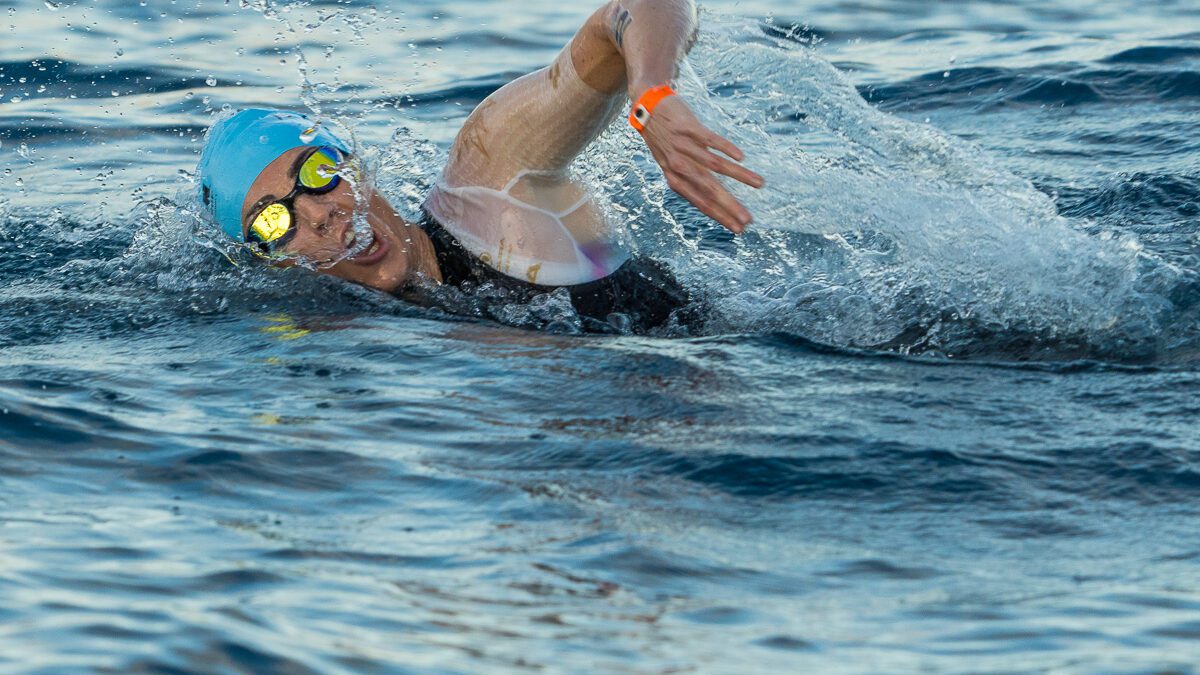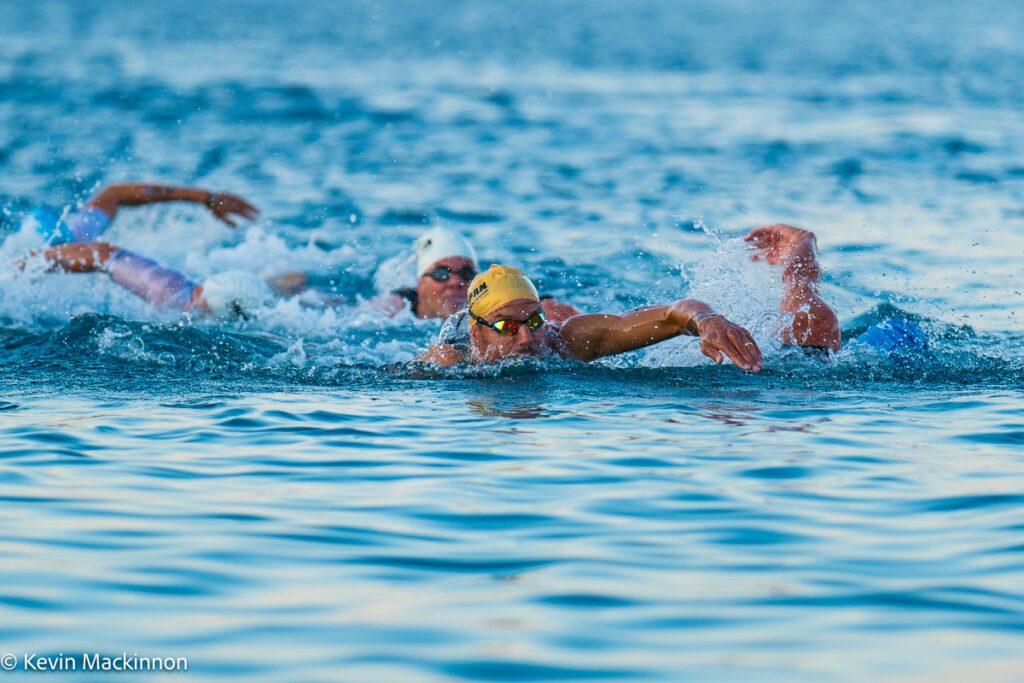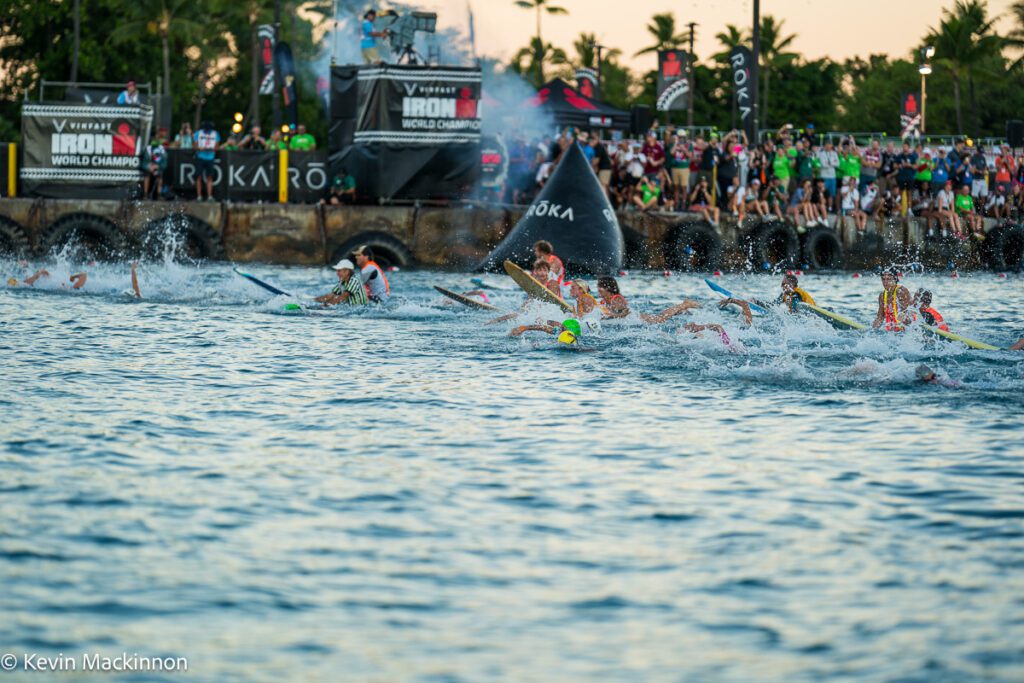Who says you can’t win the race in the swim?
Here's why you need to spend the winter working on your swim
 Photo by:
Kevin Mackinnon
Photo by:
Kevin Mackinnon
A year ago I wrote a few words about how the swim in long course triathlon had evolved and the old saying “you can’t win a race in the swim, but you can lose it” was becoming obsolete.
The results of both the men’s and women’s world championship races this year has shored up that position. It’s now pretty clear – you’re not going to win a major race in the swim, the bike or the run. You need to be proficient in all three legs.
Nice

Six of the top ten finishers at the men’s race in Nice were in the front pack of the swim and only two out of the top ten were outside of second pack. The biggest gap in swim times between Sam Laidlow (the winner) and any other top-ten finisher was 5:29. That was sixth-place finisher, Arthur Horseau. The next farthest back was 3:21, with two more from the top ten within 90 seconds. In all, six of the top-10 were within 60 seconds of each other. It was a tight group from beginning to end.
Kona

In Kona, for the women’s championship, we witnessed a similar story unfold. Lucy Charles-Barkley (the winner, pictured pulling away from the field at the top of this story) took a flier and put almost two minutes on the first chase group that included Taylor Knibb, usually considered one of the strongest swimmers in long-distance racing. The main chase group with pre-race favourites like defending champion Chelsea Sodaro, 2019 champ Anne Haug and five-time world champion Daniela Ryf was almost 4:30 back. Charles-Barclay used that lead to blast away from the field and, with the exception of the occasional out-and-back, she never saw them again until she was across the finish line.
Six of the top ten finishers were in the main chase group behind Charles-Barclay and Knibb. Laura Philipp was more than seven minutes behind the lead, but was only about 2:30 behind the main chase group with the other contenders. American Skye Moench came out of the water with Philipp and was able to stay close to the German for a seventh-place finish. Philipp ran an impressive 2:55:24 to run herself to podium for third.
So, looking at both races, we see that only Philipp hit the podium from outside the main pack in the swim, and only four athletes, in both races, made the top-10 after finishing the swim more than two minutes behind the main swim pack – Philipp and Moench for the women, and Leon Chevlier and Arthur Horseau for the men.
All around performers
Twenty six minutes separated the top ten women in Kona, while less than eighteen minutes separated the top ten men in Nice. Those numbers go up and down from year to year, but the overall trend is clear – the athletes are getting faster, the swim gaps are narrowing, and few athletes can recover from weak swims to win big races.
Of course, there will always be outliers, but the days of coming out of the water three and six minutes down and going on the win the race (Sebastian Kienle in 2014/ Mirinda Carfrae in 2017) are behind us. Tomorrow’s winners need to be no more than a nine iron away from the front pack out of the water, and then they need to be strong on the bike and run if they want to stand on the podium.
The moral of the story – get to the pool.
Clint Lien is the head coach of Victoria’s Mercury Rising Triathlon mercuryrisingtriathlon.com
